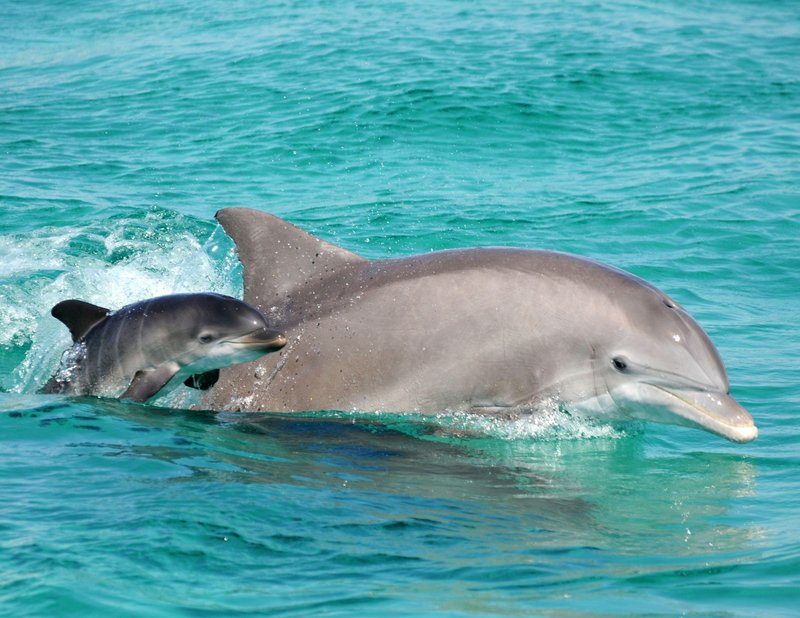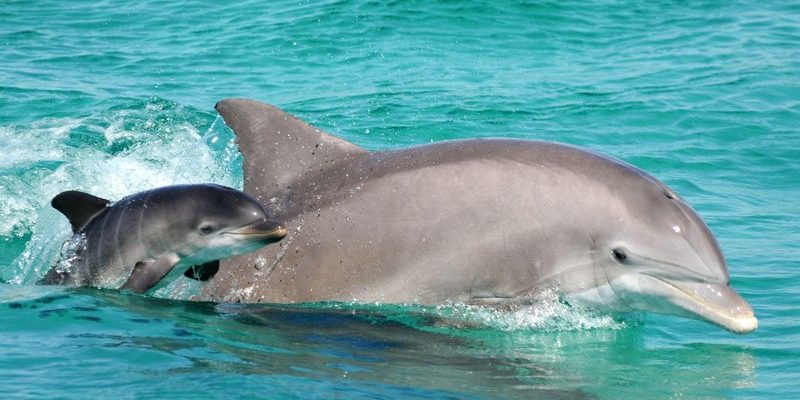
These fascinating creatures, including the Amazon river dolphin, are often seen as the gentle giants of freshwater ecosystems. They face unique challenges in their environments, from navigating murky waters to avoiding threats from humans and predators. Let’s take a deep dive into the nurturing world of river dolphins and discover how they ensure their young thrive amid the complexities of river life.
The Life Cycle of River Dolphins
River dolphins have an intriguing life cycle that starts with conception and goes through several stages until they reach maturity. Typically, females become sexually mature around 5 to 7 years old, while males reach maturity a bit later, at around 8 to 10 years. Once mature, the mating season usually occurs during warmer months when food is abundant.
Here’s how it goes: after a gestation period of about 10 to 11 months, a female river dolphin gives birth to a single calf. Giving birth in calm waters helps protect the newborn from predators. The calf is usually about 3 feet long and weighs around 20 pounds at birth, which is quite a feat for such a delicate creature.
During the first few days of life, the mother stays incredibly close to her calf, teaching it to swim and breathe properly. This close-knit bond is crucial, as the calf is entirely dependent on its mother for nutrition and safety. Just like how human parents guide their children through early life, river dolphins do the same in their own unique way.
Motherly Care and Feeding
So, how exactly do river dolphins feed their young? Well, it’s all about the milk! River dolphin calves drink their mother’s milk for the first years of life, which is rich in nutrients essential for growth. Interestingly, the milk can be up to 20% fat, allowing the calves to build the energy they need for swimming and growing.
Mom spends a lot of time with her calf, teaching it how to hunt. As the young dolphin matures, it starts to mimic the mother’s feeding techniques. Mother dolphins use echolocation to find fish in the river, and soon enough, the young dolphin will learn this skill, gaining independence as it practices hunting.
Here’s the thing: nurturing goes beyond just feeding. Mother dolphins also teach their calves social skills. River dolphins are social creatures, often seen engaging in playful behavior with one another. Mothers encourage their calves to interact with other dolphins, ensuring they learn how to communicate and establish relationships.
Protecting Their Young
Another crucial aspect of raising young river dolphins is safety. The rivers they inhabit can be dangerously unpredictable, and threats from humans, such as pollution and fishing nets, add to the challenges. Mothers are fiercely protective of their calves. If a predator, like an alligator, lurks nearby, you can bet mom will position herself between her calf and danger.
Moreover, river dolphins are known to form small pods with other mothers and their calves. This social structure offers added protection, as they can watch for threats together. It’s a bit like having a close-knit community look out for each other, which is vital in the wild.
Sometimes, these protective behaviors even include teaching calves how to navigate tricky situations. For example, a mother may guide her young one away from busy fishing areas or polluted waters, helping them avoid potential dangers.
Playtime and Learning
You might think that play is just for fun, but for river dolphins, it’s a crucial part of growing up. Calves engage in playful behaviors that are essential for their physical and social development. Swimming alongside their mothers, they practice their agility, improve their swimming skills, and learn about their environment.
Playtime often includes surfacing to breathe, chasing after fish, and even leaping out of the water. This type of play simulates hunting and helps them to become better hunters later on. Just like kids learn through games, river dolphins use play to develop their skills organically.
Interestingly, river dolphins often play with various objects found in their environment. They might toss sticks, leaves, or even small rocks, learning how to interact with their surroundings in a safe way. This exploration is vital, allowing them to develop problem-solving skills that will benefit them throughout their lives.
Challenges in the Wild
Unfortunately, raising young river dolphins isn’t without its challenges. Habitat loss from dam construction and pollution makes it difficult for these dolphins to thrive. As rivers become more industrialized, it disrupts food sources and reduces safe breeding areas.
Moreover, fishing practices such as bycatch—where dolphins get unintentionally caught in fishing nets—pose significant risks. Conservation efforts to protect river dolphins are critical in ensuring these populations survive and thrive. Organizations work tirelessly to create safer waterways and educate communities about the importance of preserving these unique creatures.
Additionally, climate change can alter river conditions, affecting food availability and migration patterns. It’s vital for everyone to understand these challenges, as protecting river dolphins means protecting the entire aquatic ecosystem they inhabit.
The Future of River Dolphins
As we look to the future, the conservation of river dolphins is more important than ever. Community awareness and action can lead to better protections for their habitats, ensuring they can continue to raise their young successfully. Engaging local communities in river conservation efforts helps foster a sense of responsibility toward these incredible animals.
Additionally, research programs that monitor dolphin populations provide valuable data to understand their behavior and needs better. This information can help tailor conservation strategies that work effectively for both the dolphins and the ecosystems they inhabit.
In conclusion, river dolphins are not only remarkable for their unique appearances but also their caring and nurturing behaviors. By understanding how these dolphins raise their young, we can appreciate the complexity of their lives in the wild. Supporting conservation efforts is crucial—not just for river dolphins but for the health of our rivers and the biodiversity they support. Let’s work together to ensure that future generations can also marvel at the grace and beauty of these freshwater wonders.

